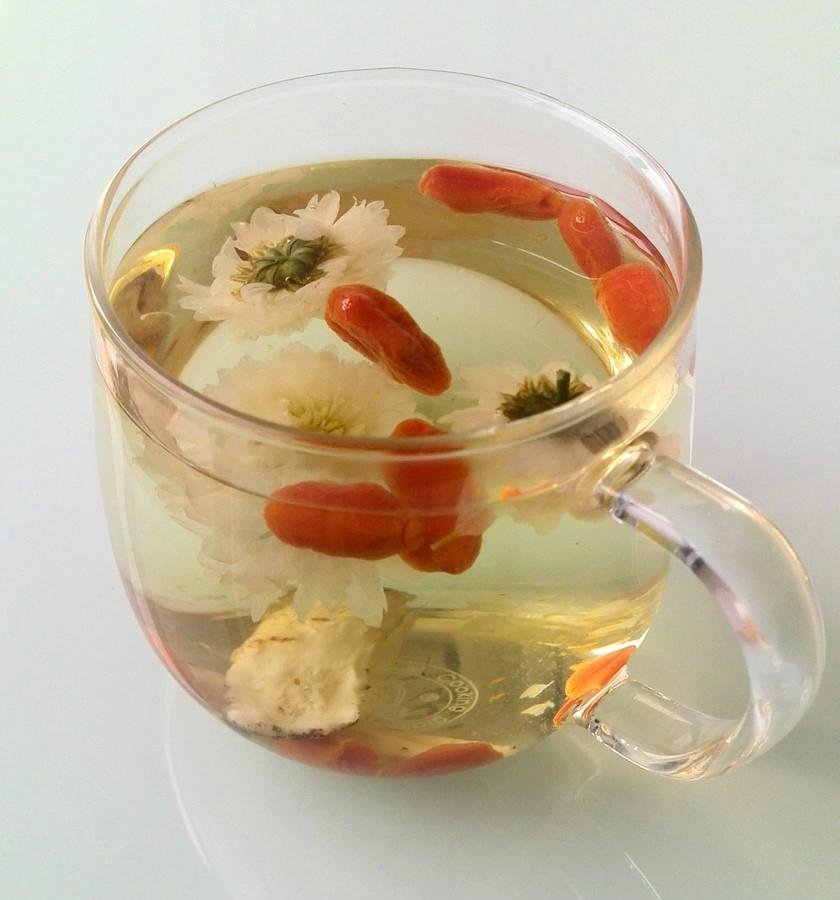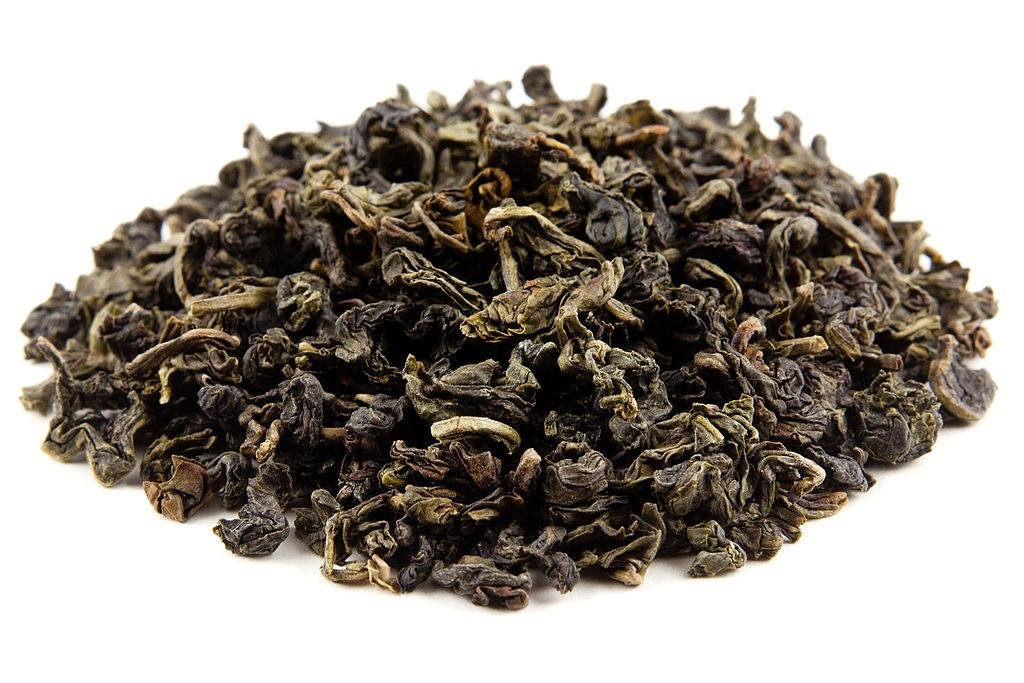Souvenir & Tea
Chrysanthemum tea

Chrysanthemun-Teea(chinese 菊花茶, júhuā chá) Chrysanthemums were first cultivated in China as a flowering herb as far back as the 15th century BC.[9]Over 500 cultivars had been recorded by the year 1630.[7] The plant is renowned as one of the Four Gentlemen in Chinese and East Asian art. The plant is particularly significant during the Double Ninth Festival. The flower may have been brought to Japan in the eighth century AD,[citation needed] and theEmperor adopted the flower as his official seal. The "Festival of Happiness" in Japan celebrates the flower.
Culinary usesYellow or white chrysanthemum flowers of the species C. morifolium are boiled to make a sweet drink in some parts of Asia. The resulting beverage is known simply as chrysanthemum tea (菊 花 茶, pinyin: júhuā chá, in Chinese). In Korea, a rice wine flavored with chrysanthemum flowers is called gukhwaju (국화주).
Chrysanthemum leaves are steamed or boiled and used as greens, especially in Chinese cuisine. The flowers may be added to dishes such as mixian in broth, or thick snakemeat soup (蛇羹) to enhance the aroma. Small chrysanthemums are used in Japan as a sashimi garnish.
Oolong Tea

Oolong (pronunciation: /uːlɒŋ/) (simplified Chinese: 乌龙; traditional Chinese: 烏龍; pinyin: wūlóng) is a traditional Chinese tea (Camellia sinensis) produced through a unique process including withering the plant under strong sun andoxidation before curling and twisting.[1] Most oolong teas, especially those of fine quality, involve unique tea plant cultivars that are exclusively used for particular varieties. The degree of oxidation can range from 8 to 85%,[2]depending on the variety and production style. Oolong is especially popular with tea connoisseurs of south China and Chinese expatriates in Southeast Asia,[3] as is the Fujian preparation process known as the Gongfu tea ceremony.
Different styles of oolong tea can vary widely in flavor. They can be sweet and fruity with honey aromas, or woody and thick with roasted aromas, or green and fresh with bouquet aromas, all depending on the horticulture and style of production.[1] Several types of oolong tea, including those produced in theWuyi Mountains of northern Fujian, such as Da Hong Pao, are among the most famous Chinese teas. Different varieties of oolong are processed differently, but the leaves are usually formed into one of two distinct styles. Some are rolled into long curly leaves, while others are 'wrap-curled' into small beads, each with a tail. The former style is the more traditional of the two in China.
The name oolong tea came into the English language from the Chinese name (simplified Chinese: 乌龙茶; traditional Chinese: 烏龍茶; pinyin: wūlóng chá), meaning "black dragon tea". In Chinese, oolong teas are also known as qingcha(Chinese: 青茶; pinyin: qīngchá) or "dark green teas".
